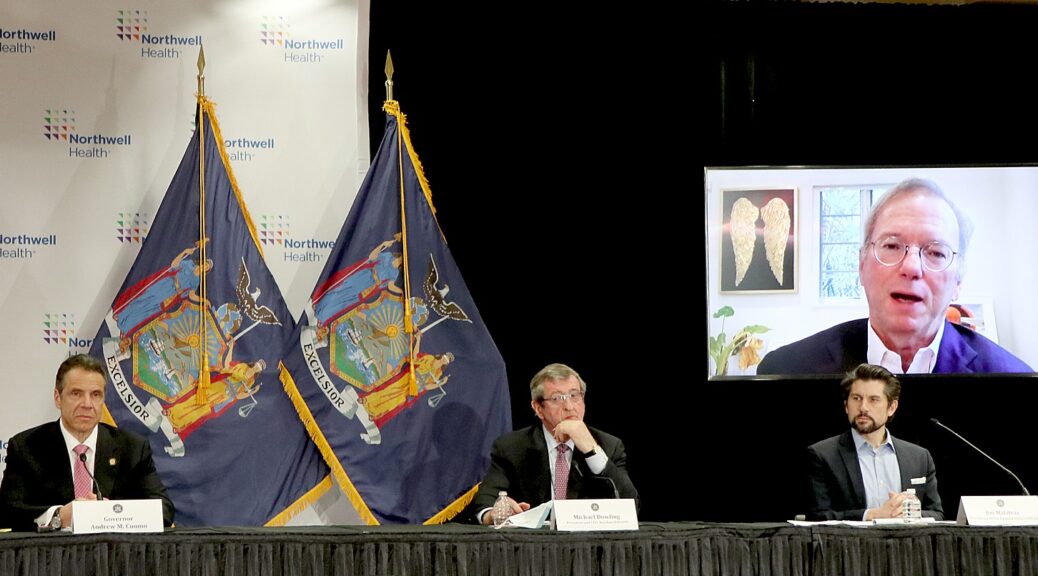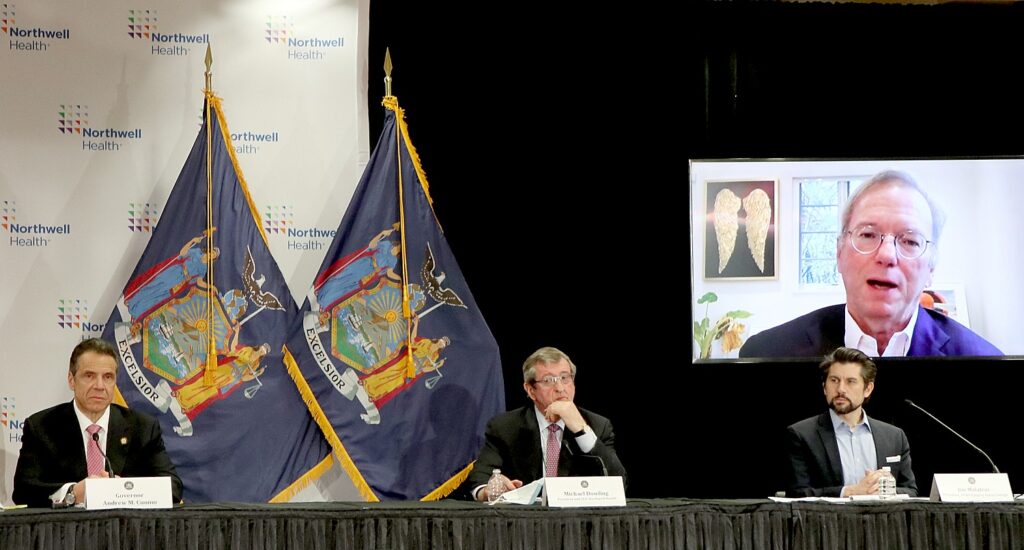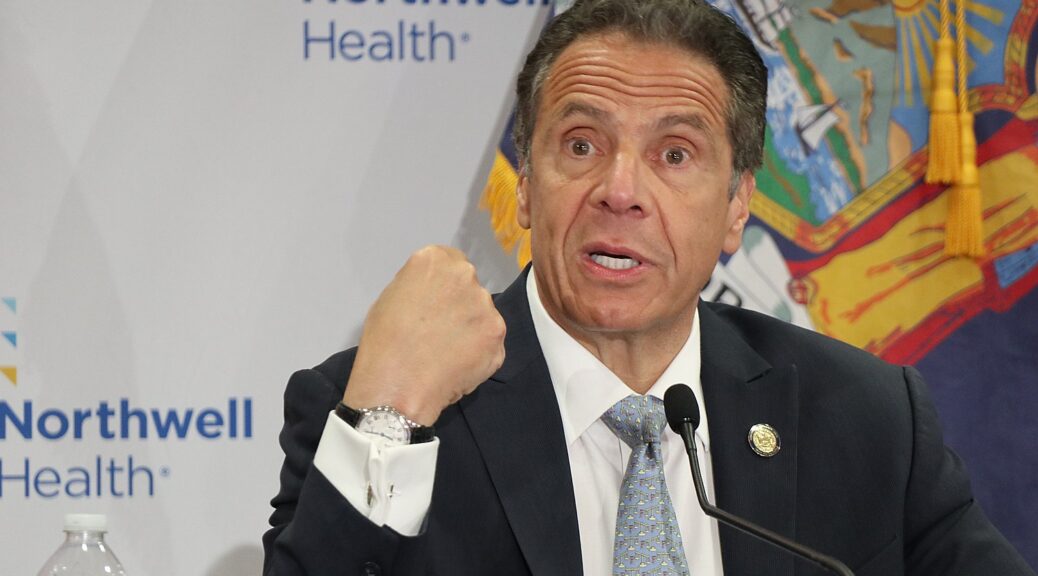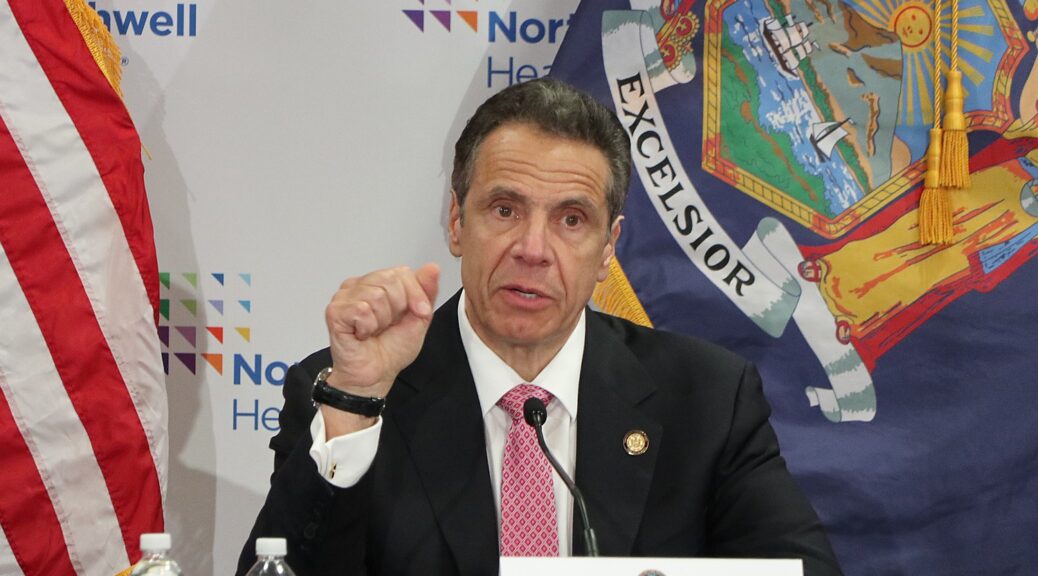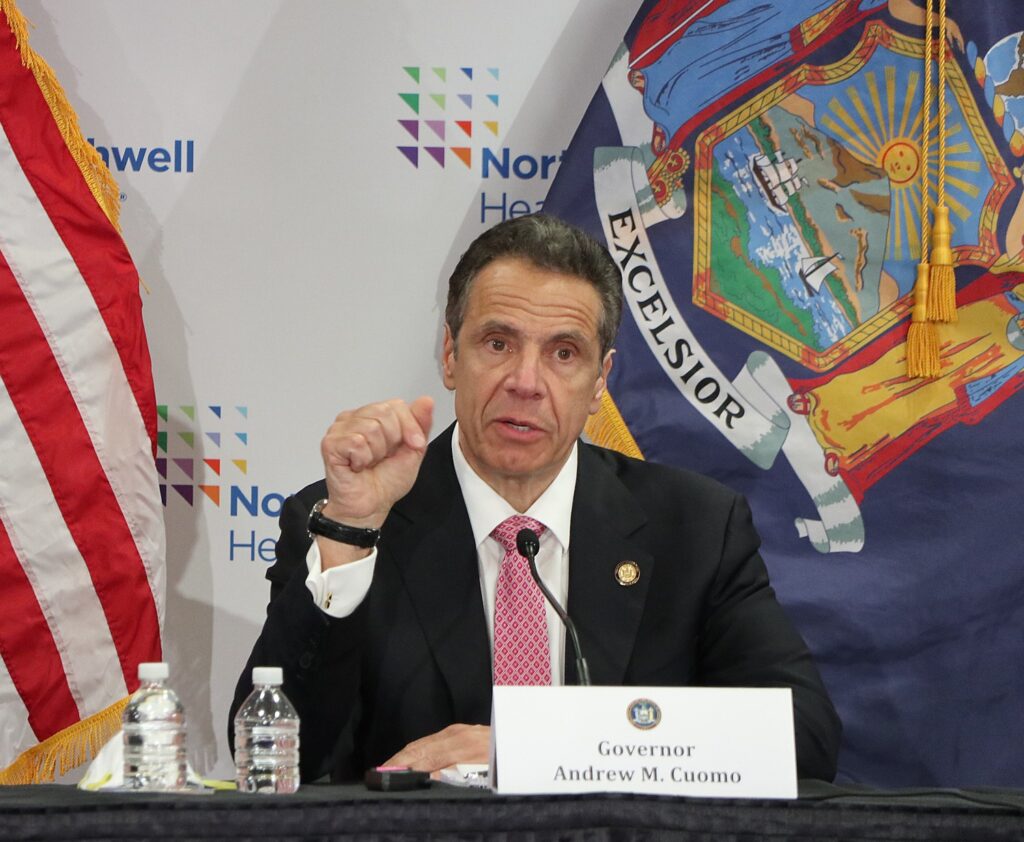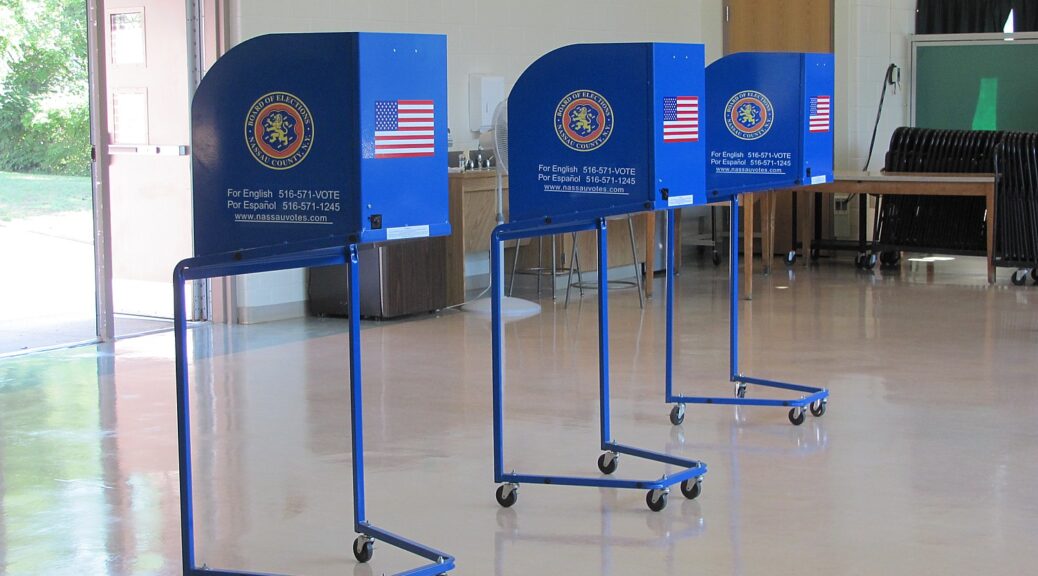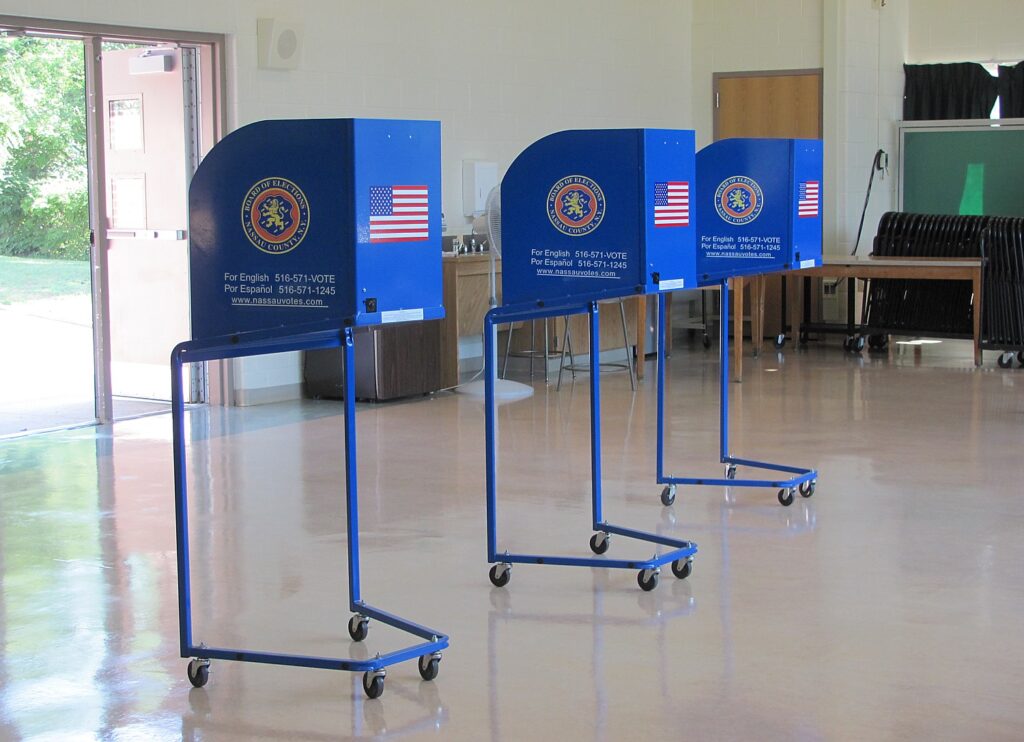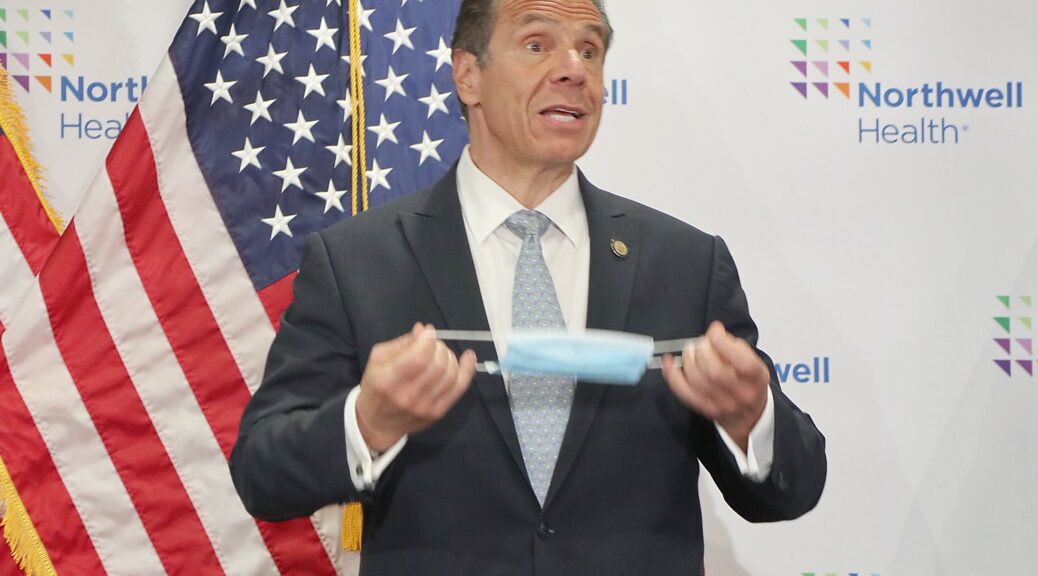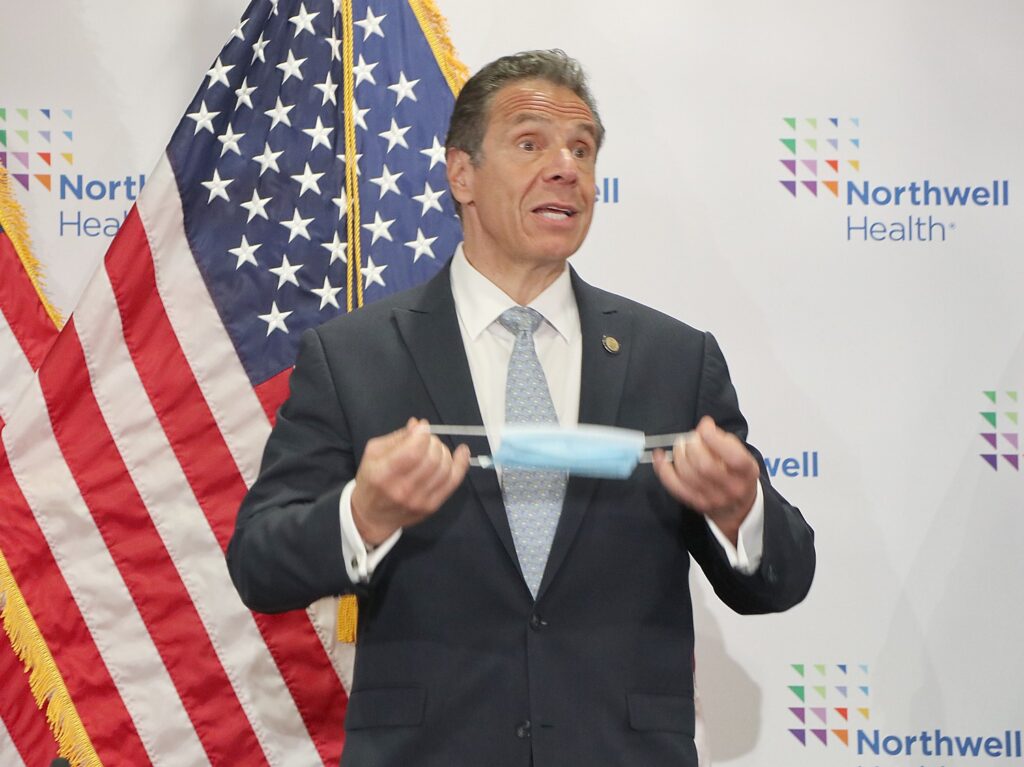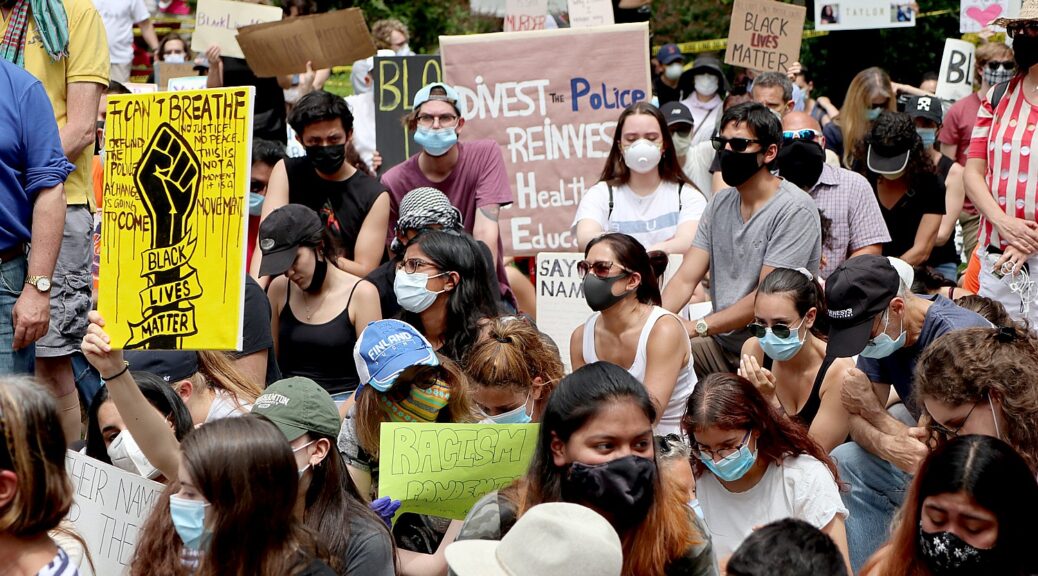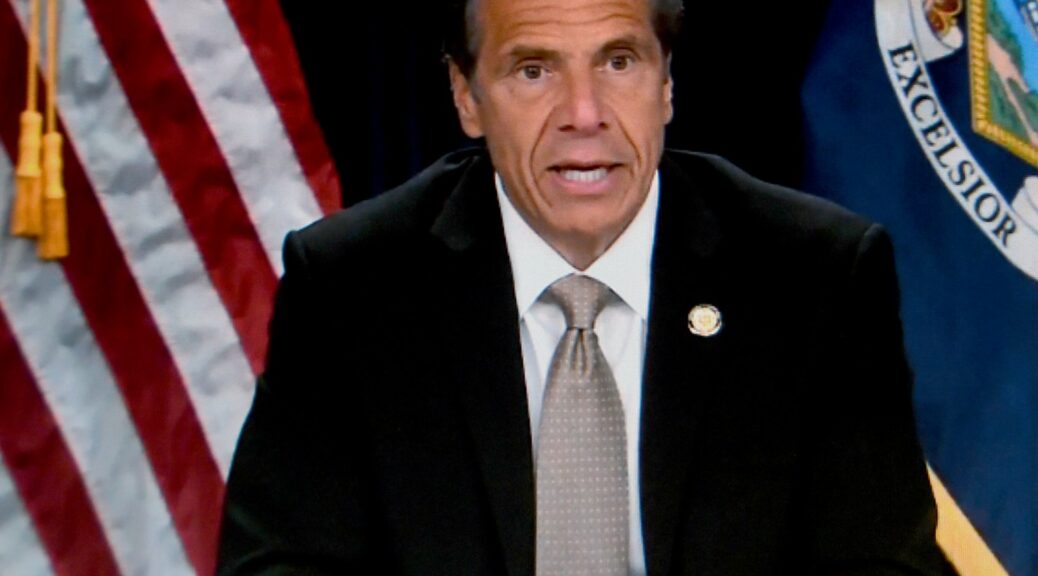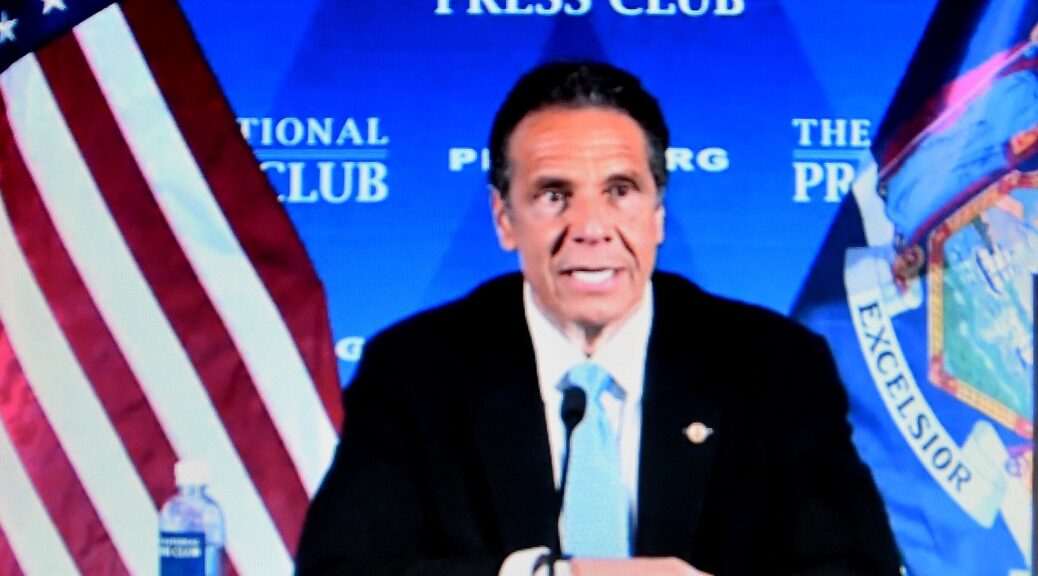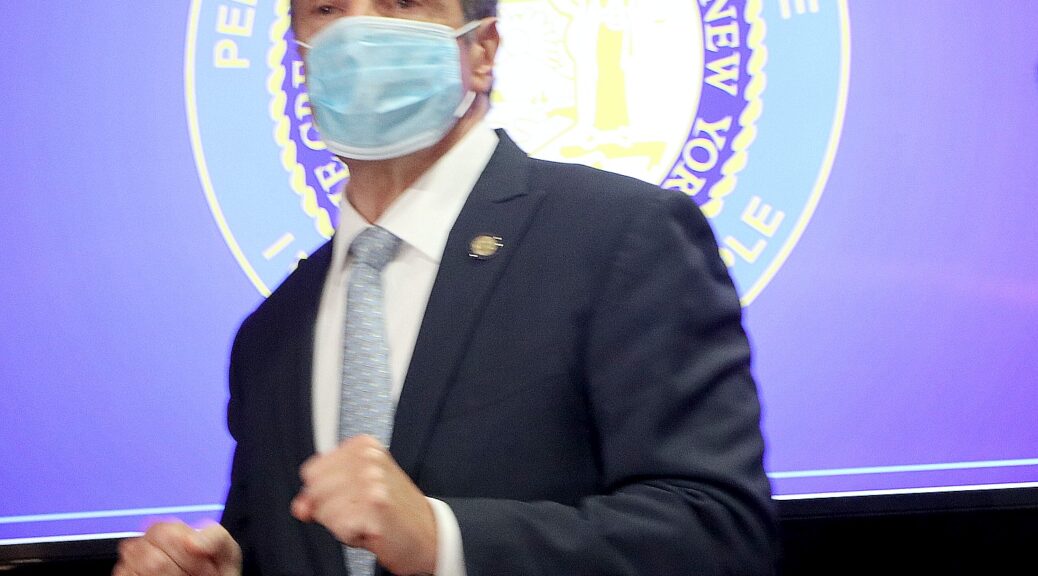
Governor Andrew M. Cuomo called on Congress to renew and expand federal support programs for unemployed Americans — many of which have expired or will end just days after Christmas. The programs provide critical benefits for millions of American families that have faced unemployment as a result of the ongoing COVID-19 pandemic, including supplemental benefits for individuals and support for local and state governments. The Governor sent a letter to Congressional leaders urging them to act quickly as states across the country face another surge of infections, hospitalizations, and deaths while millions of Americans remain unemployed.
“The pandemic has not just impacted Americans’ health — it has also created an unprecedented economic crisis. As we enter the holiday season, and as states once again enact stronger measures to stop COVID, critical federal unemployment benefits are about to expire. Inaction from Washington is putting millions of Americans’ financial security at risk,” Governor Cuomo said.”Congress moved decisively this spring to address the economic impacts of the pandemic and should once again take action before the calendar year ends to bring badly needed support to millions of struggling Americans.”
Separately, Cuomo, who is also National Governors Association Chairman, and Arkansas Governor and NGA Vice Chairman Asa Hutchinson issued a statement regarding ongoing negotiations over a new coronavirus relief bill:
“Even as COVID-19 vaccine trials show remarkable results and the pandemic finish line is in sight, the danger the virus poses has never been greater. Today our country is seeing record-high cases, hospitalizations and deaths — every single state has been affected.
“It is time for Washington to step up and deliver desperately needed relief for their constituents. Governors are heartened that congressional leaders on both sides of the aisle and in both chambers are now talking with each other to find a way forward. We encourage leadership to stay at the bargaining table and work out a deal that delivers the critical relief to the American people.
“As an interim measure to address states immediate and pressing needs, we support the bipartisan framework proposed by Senator Joe Manchin, Senator Bill Cassidy and a bipartisan group of their colleagues as a response that would bring meaningful relief to those who are struggling; situate states to quickly, effectively and equitably implement their vaccination plans; and prime the economy to allow for a faster rebound.
“Governors have been on the front lines since the beginning of the pandemic, procuring lifesaving medical and personal protective equipment, establishing field hospitals, and providing economic relief to small businesses and workers. But this is a national crisis, cutting across geographic, economic and demographic lines, and it demands a national, bipartisan solution. Congress should not leave Washington for the holiday recess without enacting a much-needed COVID relief package. We look forward to working with Congress and the new Administration in the new year on a more comprehensive COVID relief package.”
Since the beginning of the COVID-19 crisis, New York State has paid more than $55 billion in unemployment benefits to 3.8 million New Yorkers — which represents more than 26 typical years’ worth of benefits. Nationwide, more than 20 million Americans are currently receiving unemployment benefits, including 12 million covered by programs that will expire on December 31, 2020. In New York, that includes 1.2 million current claims from New Yorkers receiving Pandemic Unemployment Assistance, which provides benefits for freelancers, self-employed workers, and others who do not typically qualify for traditional unemployment benefits, and 682,000 claims from individuals who are receiving 13 additional weeks of benefits under the Pandemic Emergency Unemployment Compensation program after exhausting the 26 weeks of traditional benefits.
Here is Governor Cuomo’s full letter detailing the aid that is requested:
Dear Majority Leader McConnell, Speaker Pelosi, Minority Leader Schumer, and Minority Leader McCarthy:
As you are well aware, the coronavirus has continued to spread across the country, with the United States entering what appears to be another surge of infections this fall. While disturbing, this increase is not surprising — experts told us that as temperatures fell, cases would increase, and those predictions have unfortunately come true.
The physical toll of the pandemic is well known: 12 million Americans have been infected and more than 250,000 have lost their lives.
But the pandemic has not just impacted Americans’ health — it has also created an unprecedented economic crisis with unheard of levels of unemployment across the nation. Since March, more than 68 million Americans have filed unemployment claims, representing over 42 percent of the nation’s workforce. Last week, the number of newly filed claims nationwide grew by 31,000, representing the first week-over-week increase after four weeks of decreasing claims.
Unlike the federal government’s response to the virus itself, Congress moved decisively this spring to address the economic impacts of the pandemic — supplying Americans with federally-funded stimulus checks, supplemental unemployment benefits, and benefits for freelancers, the self-employed, and others who are not typically covered by traditional unemployment insurance.
However, as we enter the holiday season — and as states once again enact stronger measures to stop the surge in cases, hospitalizations, and deaths — Washington’s inaction is putting millions of Americans’ financial security at risk.
When the CARES Act was passed in March, roughly 10 million Americans had filed for unemployment benefits during the pandemic — today, that number has increased by nearly 600%. At the time, the nation had only faced two weeks with unemployment claims above the pre-pandemic high of 695,000. Now, we have surpassed that level for 35 weeks straight.
Yet despite this worsening economic picture, many critical support programs that were put in place earlier this year have already expired and the few remaining ones are set to expire just days after Christmas. This is simply unacceptable and must be rectified.
The Senate and House must work to renew and expand federal unemployment benefits for Americans while supporting the state governments that are implementing these programs and disbursing the benefits.
The following programs should be extended or renewed through the end of the federal Fiscal Year 2021:
- Pandemic Unemployment Assistance (PUA)— This program, which is set to expire on December 31, 2020, allows freelancers, self-employed individuals, and others who are not typically eligible for unemployment insurance to receive 46 weeks of federal benefits. As of the latest US DOL data, nearly 8.7 million Americans are currently receiving benefits under PUA.
- Pandemic Emergency Unemployment Compensation (PEUC)— This program, which is also set to expire on December 31, 2020, provides an additional 13 weeks of federally-funded unemployment benefits to Americans who have exhausted state unemployment insurance. As of the latest US DOL data, nearly 4.4 million Americans are currently receiving benefits under PEUC.
- Federal Pandemic Unemployment Compensation (FPUC)— Created by the CARES Act, this program provided federal supplemental benefits of $600 per week to all unemployed Americans. After expiring in late July, this program was temporarily replaced with the Lost Wages Assistance program, which failed to adequately address the continuing needs of the American public, while causing more administrative work for states.
- Federal Support for Shared Work— Shared work programs allow employers to keep staff partially-employed while still cutting costs. Rather than laying off their staff, a business is able to reduce all workers’ hours, with unemployment benefits replacing some or all of their lost wages. To encourage use of these programs, the federal government fully funded states’ shared work programs, but this support is set to expire on December 31, 2020.
- Reimbursements for Local Government, Non-profit, and Tribal Employers— Recognizing the severe impact of the coronavirus pandemic on local governments, non-profit organizations, and tribal nations, the federal government agreed to reimburse half of unemployment benefits these employers paid out. That support is due to expire on December 31, 2020, putting further strain on organizations that are already struggling to stay afloat and provide needed services during this crisis.
- Support for State Unemployment Insurance Trust Funds— Due to the unprecedented surge in unemployment insurance claims, states across the country have exhausted their unemployment insurance trust funds. Earlier this year, the Federal government allowed states to borrow to replenish their trust funds interest-free. Starting next year, those loans will begin accruing interest — even as unemployment levels remain at critically high levels. All states should be allowed to continue borrowing for their unemployment insurance trust funds without accruing interest next year. Further, the federal government must recognize the impact repaying these loans will have on businesses, especially already-struggling small businesses, and fully forgive all loans.
- Cost-Sharing for Unemployment Insurance Administrative Costs— Every state’s unemployment insurance system has been tested by the pandemic response, and many state departments of labor have implemented multiple new federal programs using decades-old technology. The Federal government has so far paid half of these administrative costs — that should increase to 100 percent reimbursement, but at the bare minimum this cost sharing must continue. Failing to do so will significantly harm states’ abilities to support unemployed workers.
The United States of America’s economy remains in crisis. More than 20 million of our neighbors received some form of unemployment benefits during the week ending October 31st — over thirteen times the number receiving benefits this time last year.
Not extending these programs — which can largely be accomplished by passing the unemployment and workforce provisions of H.R. 925, the HEROES Act — is akin to abandoning millions of Americans in their time of need. Congress must take action before the calendar year ends, and anything less would be an abdication of your duty.
I look forward to your immediate attention to these matters.
Andrew M. Cuomo
Governor, New York State
Chair, National Governors Association


